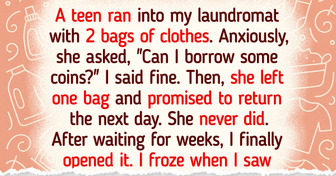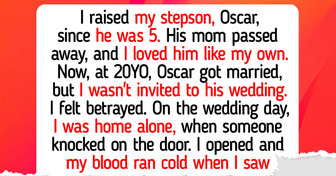15 Unsolved Mysteries That Are Too Bizarre to Believe

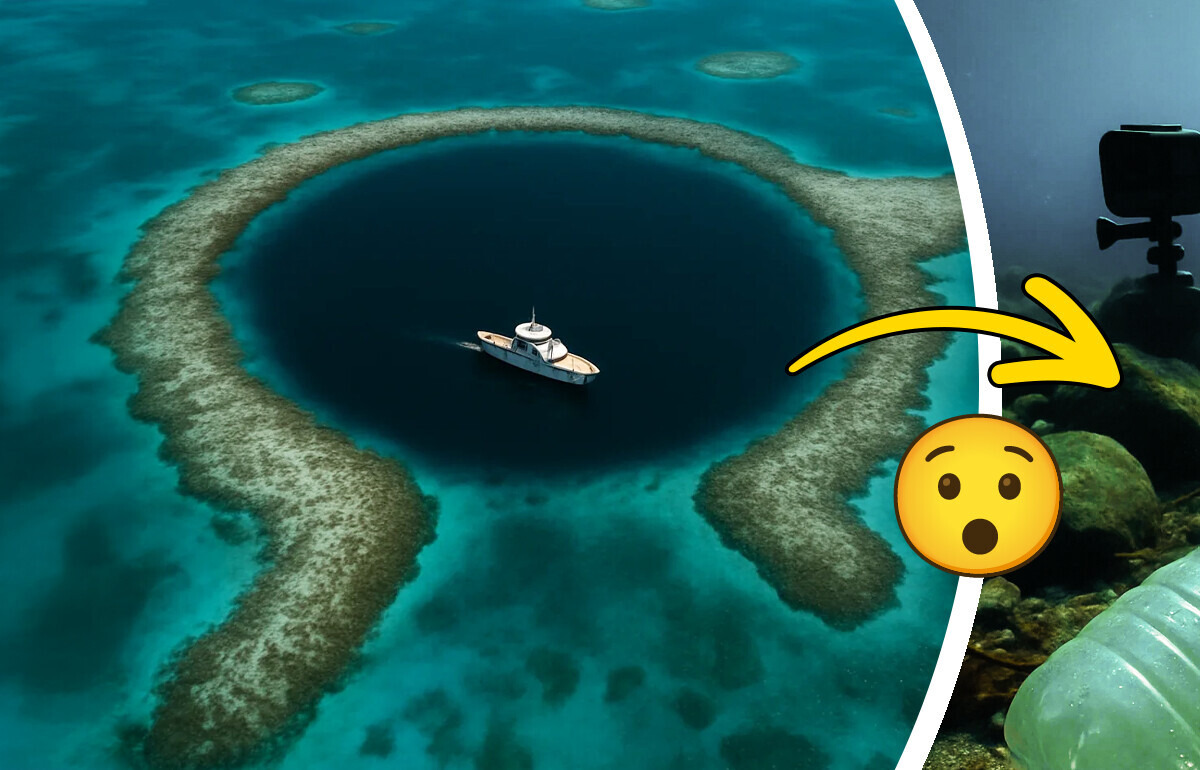
The world hides countless wonders—some awe-inspiring, others cloaked in shadow and unease. Among them lies a place whispered about in diver circles and scientific circles alike: the Great Blue Hole. This vast, yawning chasm in the ocean floor, nearly 64 miles off the coast of Belize, plunges 407 feet into the unknown. For decades, it has lured the curious and the brave into its depths. And those who dared to reach the bottom found something they did not expect—something strange... and deeply unsettling.
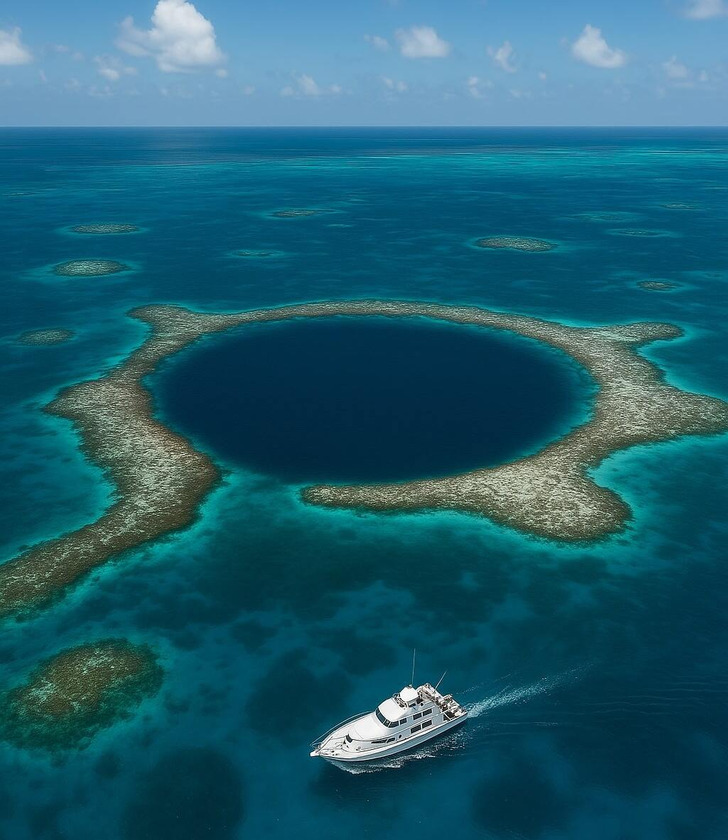
The Great Blue Hole isn’t hard to find—at least from above. A perfect, inky circle carved into the turquoise skin of the Caribbean Sea, it lies encircled by a reef that seems to guard its secrets. In 1971, the legendary Jacques Cousteau brought it into the world’s gaze, declaring it one of the finest dive sites on Earth. But what he found beneath the surface hinted at something far more enigmatic.
Cousteau was no ordinary explorer—he co-created the very gear that made deep-sea exploration possible and pioneered underwater filmmaking that revealed alien worlds beneath the waves. His passion stirred a global fascination with the ocean’s mysteries, a legacy his grandson, Fabien Cousteau, would later inherit.
In 2018, Fabien joined forces with adventurer Richard Branson. Together, in two sleek submersibles, they descended into the hole’s shadowy depths. As they sank, light vanished, swallowed by a thick veil of hydrogen sulfide at 300 feet—a toxic barrier where sunlight dies and oxygen cannot reach. Below that line, life simply... ends.
And yet, in that silent, suffocating void, they found something. Shapes. Structures. Whispers of the unknown. What they saw at the bottom of the Blue Hole was not just unexpected—it was otherworldly.
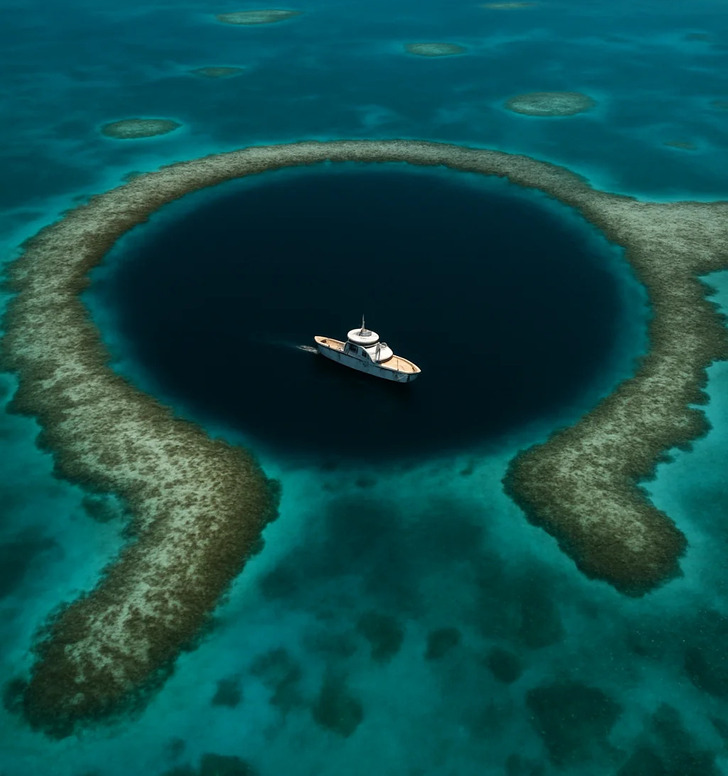
At the very bottom of the Great Blue Hole, in a place untouched by sunlight and sealed in stillness, the explorers made a discovery that chilled them. A GoPro camera was found, remarkably intact. When its footage was recovered, it revealed sun-drenched vacation memories—now eerily juxtaposed against the darkness in which the device had been found.
Also lying on the silent seabed, was human trash. A plastic bottle—ordinary, familiar, and entirely out of place. A two-liter relic of modern life, it served as a grim testament to how far the tendrils of human presence have reached. Not even the ocean’s deepest secrets are beyond our grasp.
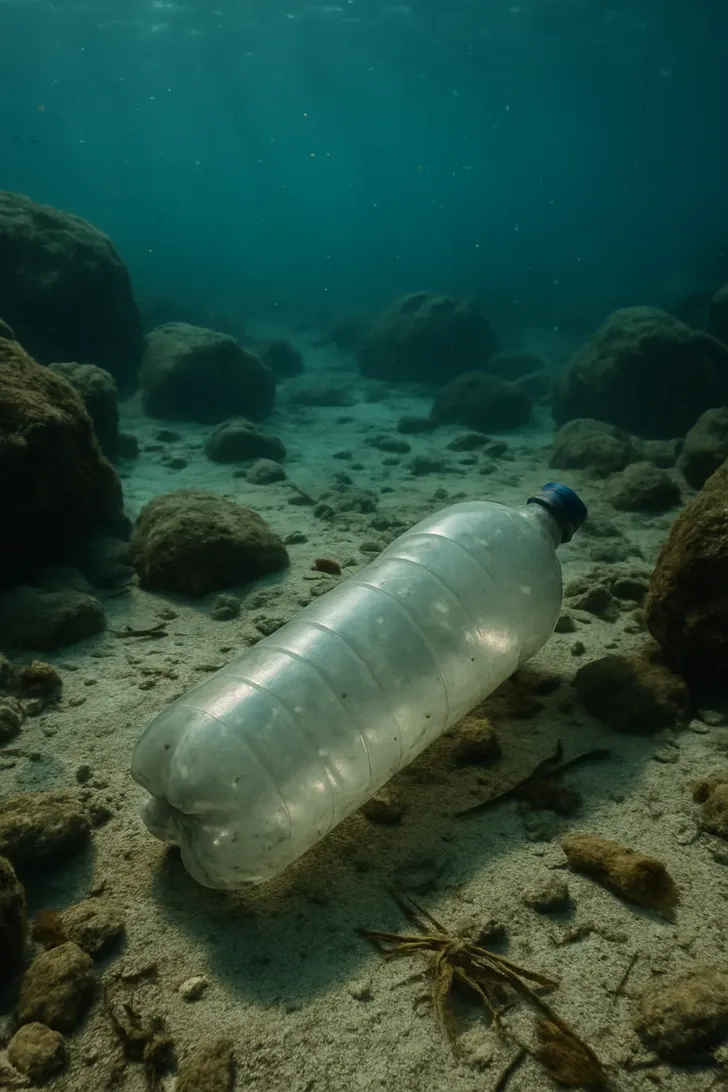
But then, came the most unsettling revelation. Two sets of human remains. Divers who had vanished in the depths, now resting in the cold silence of the abyss. Time had frozen them there, a solemn warning etched into the floor of the sea.
The team did not disturb the bodies. They left them where they lay and reported their presence to Belizean authorities. For all the wonder the Blue Hole holds, this was a sobering reminder: the ocean gives, and it takes—and some of its mysteries come at a price.
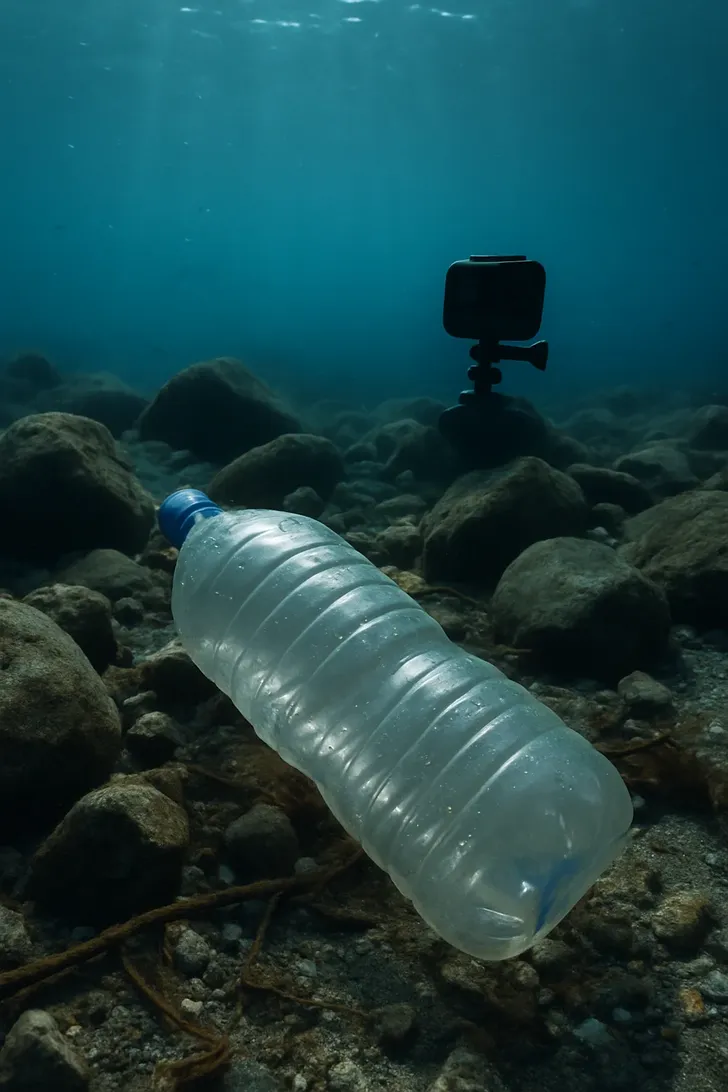
Deeper into the abyss, the team made another discovery—unexpected, ancient, and quietly profound. Stalactites, long and ghostly, hung from the submerged cave ceilings like the frozen teeth of time itself. These formations are born in dry, open-air caverns—never underwater. Their presence here told a story older than memory: the Great Blue Hole was once dry land, a vast system of caves untouched by the sea.
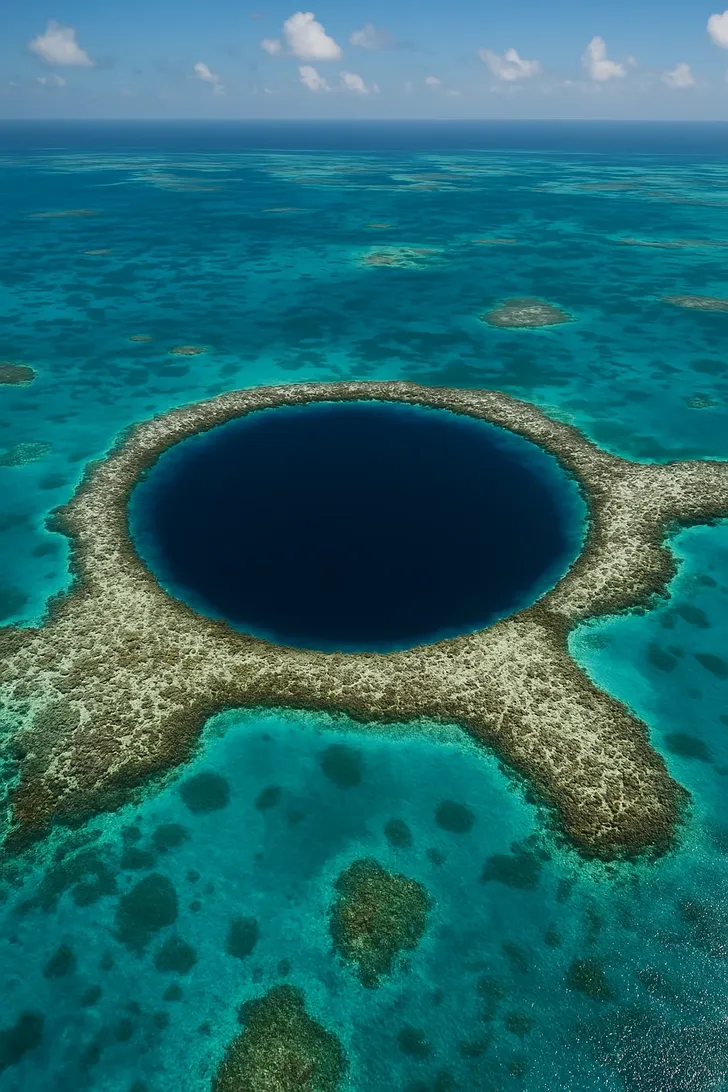
After surfacing, Richard Branson spoke of what they had seen, “The Blue Hole is made of a complex system of caves that once formed on dry land. It is proof of how oceans can rise quickly and catastrophically. Sea levels were once hundreds of feet lower. 10,000 years ago, the sea level rose by about 300 feet when a lot of ice melted around the world. At 300 feet down you could see the change in the rock where it used to be land and turned into sea. It was one of the starkest reminders of the danger of climate change I’ve ever seen.”
The revelation was more than geological. It was a glimpse into Earth’s shifting past—and a warning of what may come. The deep speaks in layers, in stone and silence. It reminds us that the choices we make now ripple forward, shaping the future in ways we cannot always see. In places like the Great Blue Hole, the planet shows us both its wonder... and its fragility.
If you liked unravelling the mystery of the Great Blue Hole, here are some more historical riddles, no one has been able to crack.





